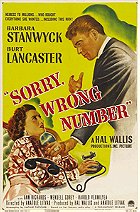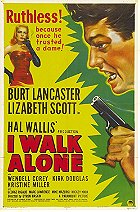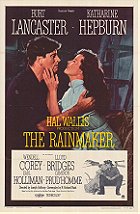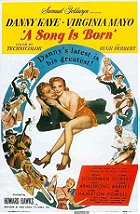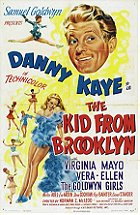The cinema is filled with collaborations between directors and their handsome proxies reuniting and exploring, if not refining, their individual and collective images. Behold the collaboration between director John Frankenheimer, one of cinema’s most sensitively masculine directors, and star Burt Lancaster. Their collaboration began with 1961’s The Young Savages and continued with 1962’s Birdman of Alcatraz after the original director, Charles Crichton, was fired by Lancaster.
What Frankenheimer and Lancaster manage to bring to this story of prison reform is a certain soulfulness and poetic ambition to highlight the need for prison reform. However, the portrait of Robert Stroud is, how shall we put it, incredibly selective and revisionist. This over-long film creates a portrait of a wounded soul that is imprisoned for reasons that feel too heavily outweighed by his likability, charm, and quiet dignity.
The real Stroud was, as former inmate Glenn Williams described him, “was not a sweetheart; he was a vicious killer.” He was described as a man that thrived on chaos and violence, but you wouldn’t know that from Lancaster’s sorrowful and visually precise performance or the script’s near hagiographic depiction of him. It all becomes a bit uncomfortable to watch as Lancaster’s convicted killer becomes just a misunderstood loner with an affinity for his birds.
Frankenheimer frequently got career defining performances from his actors, think of Angela Lansbury’s monster mother in The Manchurian Candidate, Rock Hudson’s shifting identity in Seconds, or the entire ensemble of this film. For all the narrative faults of this film, there’s the simple joy of watching great actors deliver great work. Thelma Ritter’s distinction as one of her era’s greatest character actresses is underlined by how deeply committed she is as Stroud’s desperate mother. Karl Malden, Edmond O’Brien, Betty Field, and Telly Savalas, especially him, provide unique and diverse color as various supporting players.
Yet Birdman belongs entirely to Lancaster. He had two standard operating modes: action/adventure and more carefully modulated dramatics. He is clearly in the secondary mode here as even during a prison riot he acts a sage presence. Lancaster keeps our attention throughout numerous scenes of him alone in a prison cell interacting only with the birds. It’s one of the towering achievements of his career, even if the wider film left me with an odd aftertaste.
 Login
Login
 Home
Home 95 Lists
95 Lists 1531 Reviews
1531 Reviews Collections
Collections
 0 comments,
0 comments, 